Apple's been oddly quiet about foldables while Samsung, Google, and even OnePlus have been folding screens left and right. But here's the kicker: Apple is reportedly working on two foldable products, and the iPhone Fold is coming first. According to Ming-Chi Kuo, we're looking at a late 2026 launch with a premium price tag above $2,000—possibly even $2,500. The supply chain is reportedly close to finalizing specifications for this book-style "iPhone Fold," and Foxconn is expected to officially kick off the project in late Q3 or early Q4 2025.
From our coverage of foldable development since 2019, Apple's two-year delay while competitors rushed to market follows their typical "perfect execution over first-to-market" strategy. Let's break down the five breakthrough features that could make Apple's first foldable the device that finally makes foldables go mainstream.
The holy grail: A virtually crease-free display
Here's what separates Apple from the pack—they've apparently cracked the code on the biggest foldable frustration. Apple has worked with Samsung Display to create a display that does not visibly crease, and early reports suggest the foldable iPhone will have a "nearly invisible" crease when unfolded. According to ETNews, "Apple has decided to eliminate the crease at all costs, regardless of price, to differentiate its foldable phone from existing models."
The magic apparently lies in new material properties that Samsung Display has developed exclusively for Apple. Samsung Display is expected to be the exclusive supplier of the OLED panels, beating out LG Display and BOE thanks to Samsung's "technological edge in minimizing screen creases." This custom display process will give Apple trademark rights and meets their stringent requirements for thinness, power efficiency, and brightness.
Having tested every major foldable from Samsung's Z Fold series to Google's Pixel Fold, the crease issue isn't just aesthetic—it creates a tactile interruption that breaks the illusion of a unified display. Samsung has achieved this breakthrough in thinness by integrating the touch sensor directly into the display panel, reducing overall thickness by approximately 19% compared to current Galaxy Z Fold components. This integration doesn't just reduce thickness—it fundamentally changes how responsive the display feels under touch, potentially matching regular iPhone responsiveness for the first time in a foldable.
Think of it as Apple's answer to every Galaxy Z Fold owner who's ever winced at that permanent line running down their screen. Cool, but not $2,500-cool if there's a visible crease—which is exactly why Apple won't ship until they've solved it.
Premium titanium construction meets aerospace-grade hinge
Apple's going all-in on materials that scream "premium device." The iPhone Fold will feature a titanium alloy casing with a hinge made from a combination of stainless steel and titanium alloy. But here's where it gets interesting—early reports suggest the foldable iPhone will utilize a hinge mechanism by US firm Amphenol, and Apple was granted patents on the technology in 2024.
The construction will be remarkably thin—just 4.5mm when unfolded and between 9mm and 9.5mm when folded. To put that in perspective, the iPhone 15 Pro is 8.25mm thick, so we're talking about a foldable that's nearly as thin as a regular iPhone when opened. The device will reportedly feature a liquid metal hinge and Hon Hai is expected to handle initial assembly, with Luxshare as a secondary partner.
The aerospace-grade titanium choice suggests Apple is targeting professional users who need devices that can handle constant folding in demanding environments—think medical professionals switching between patient records, or designers moving between sketch and presentation modes. The liquid metal hinge choice is particularly notable—this amorphous metal alloy offers shape memory properties that could enable self-correcting hinge alignment over time, addressing one of the biggest durability concerns in current foldables.
PRO TIP: If you're concerned about durability, remember that Apple's titanium iPhone 15 Pro has proven surprisingly robust. Expect similar drop protection, but with the added complexity of moving parts rated for potentially hundreds of thousands of folds based on industry standards.
Dual-screen experience: 7.8-inch inner, 5.5-inch outer
The iPhone Fold is going with a book-style design—think Galaxy Z Fold rather than Galaxy Z Flip. Ming-Chi Kuo reports the device will feature a 7.8-inch inner display and a 5.5-inch outer display, with both screens offering what leakers call "unprecedented aspect ratios." The inner display will be similar to the screen size of the iPad mini, while the outer display maintains that familiar iPhone feel.
When the device is folded, users will interact with the 5.5-inch outer display that's similar to a typical iPhone screen, while unfolding reveals the larger 7.8-inch iPad-style screen with a punch-hole camera. The iPhone Fold will offer a near 4:3 aspect ratio according to supply chain leaks, making it perfect for productivity tasks and media consumption.
What's particularly clever is how Apple is positioned to leverage this dual-screen setup. The device will be marketed as a "true AI-driven phone," with the larger screens allowing for a better multi-tasking AI experience. The dual-screen AI workflow potential extends beyond simple multitasking—imagine Siri operating contextually across both screens, with voice commands triggering actions on the outer display while maintaining privacy on the inner screen, or Intelligence features using the outer screen for quick interactions while complex tasks unfold on the main display.
This size combination creates unique workflow possibilities that current foldables haven't fully explored—the outer screen handles quick interactions and notifications while the inner screen becomes your dedicated workspace, essentially giving you an iPhone and iPad mini that share the same brain.
Touch ID returns (Face ID gets the boot)
Here's a surprise twist: Face ID won't make the cut. Apple is using Touch ID integrated into the side button to save internal space, marking the return of fingerprint authentication to flagship iPhones. Face ID may be absent due to thickness and internal space constraints, since the device measures just 4.5mm when unfolded.
This isn't necessarily a downgrade—Touch ID was beloved by many users, and the side-mounted implementation (like on the iPad Air) actually works faster than Face ID in many scenarios. Plus, the device will have two rear cameras, one front camera for both folded and unfolded states, so you're not losing camera functionality.
The authentication shift reflects Apple's recognition that foldables create unique user interaction patterns—you're not just unlocking a phone, you're transitioning between device modes, often while multitasking. Touch ID becomes more practical when you're constantly switching between folded and unfolded states, where Face ID's camera positioning might be awkward or inconsistent.
The catch? You'll need to retrain your muscle memory. But given the space constraints and Apple's focus on making the thinnest possible foldable, this trade-off makes sense and might actually improve the user experience for device transitions.
High-density battery powers the future
Battery life has been the Achilles' heel of foldables—all that screen real estate demands serious power. Apple's solution involves a high-density battery that's specifically designed for the foldable form factor. While exact capacity hasn't been revealed, Apple's approach to battery optimization suggests they're prioritizing efficiency over raw mAh numbers.
The 19% thickness reduction from Samsung's integrated display technology creates a cascading effect, allowing for battery optimization and thermal management impossible in current foldables. Samsung Display panels use integrated touch sensors that reduce overall thickness by approximately 19% compared to current Galaxy Z Fold components, leaving more room for battery cells in the limited space.
Based on our extensive testing of current foldables, battery life typically drops 20-30% when using the larger display continuously compared to the outer screen. The thermal management challenge becomes even more complex when you consider that the device needs to maintain consistent performance across both folded and unfolded states—essentially optimizing for two different heat dissipation profiles simultaneously.
Apple's track record with battery optimization—from the M-series chips to iPhone 15 Pro's efficiency gains—suggests they'll squeeze impressive life from whatever capacity they can fit. The real test will be whether it can handle that massive 7.8-inch display without requiring constant charging breaks during heavy productivity sessions.
The foldable future arrives (at a premium price)
Bottom line: Apple's first foldable iPhone represents everything the company does best—taking existing technology and refining it until it actually works seamlessly. The iPhone Fold is expected to start between $2,000 and $2,400, making it Apple's most expensive phone to date. Initial production volumes are expected to be limited, ranging from 10 million to 15 million units for the first wave.
The global foldable smartphone market has shown signs of fatigue, with growth slowing and even a projected decline in 2025. But Apple's anticipated entry in 2026 is expected to further accelerate mainstream adoption and innovation—exactly what happened when the iPhone legitimized touchscreen smartphones.
Our analysis of current foldable pricing suggests Apple's $2,000-2,400 range positions them as premium but not prohibitively expensive compared to Galaxy Z Fold Pro models hitting similar price points. The difference will be in execution—if Apple's crease-free display, premium titanium construction, and refined user experience deliver on their promises, the iPhone Fold could be the device that finally makes foldables feel less like expensive experiments and more like the future of mobile computing.
The question isn't whether Apple will nail the execution—it's whether you're ready to pay premium prices to be part of that future, and whether the professional productivity gains justify treating your phone like a folding computer rather than just a communication device.





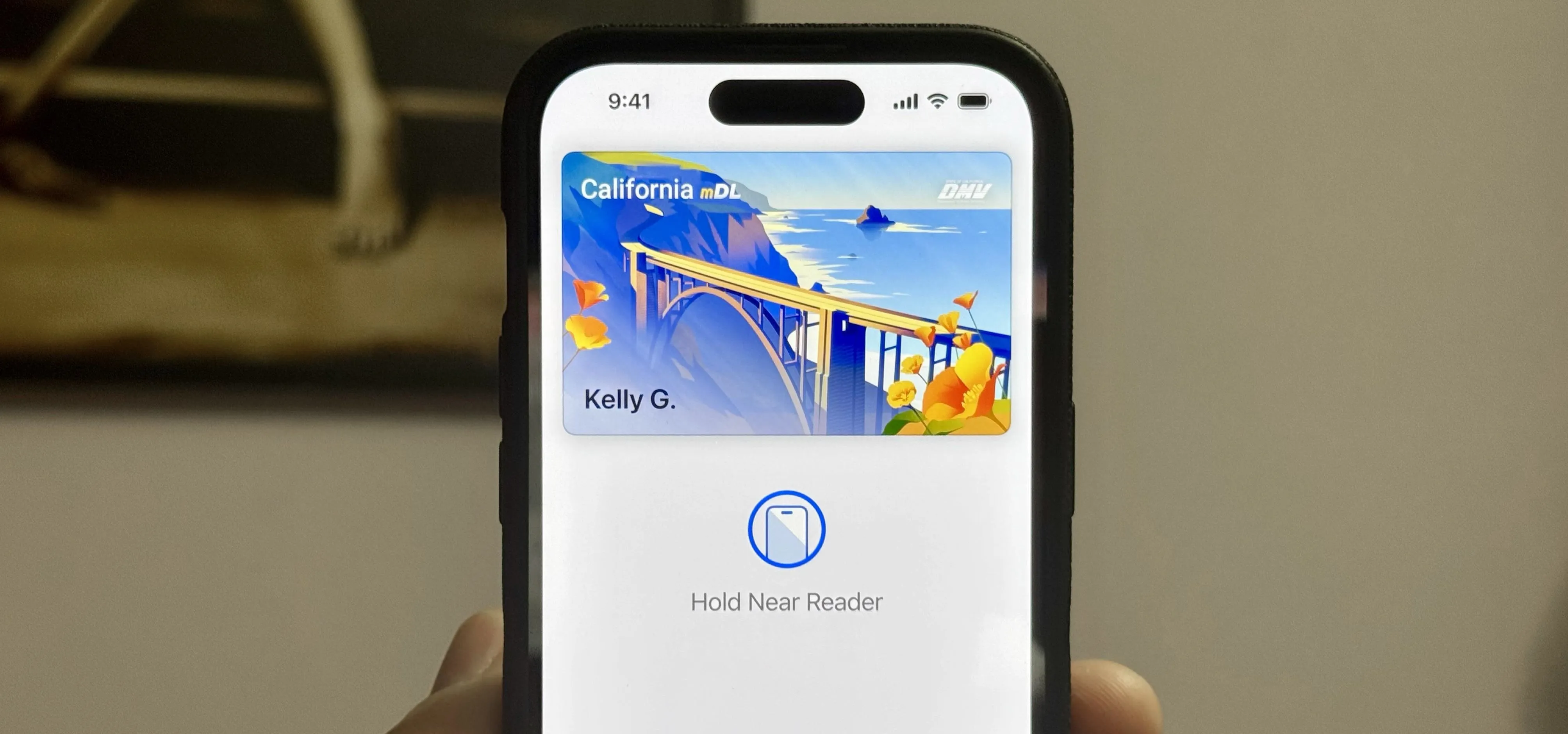
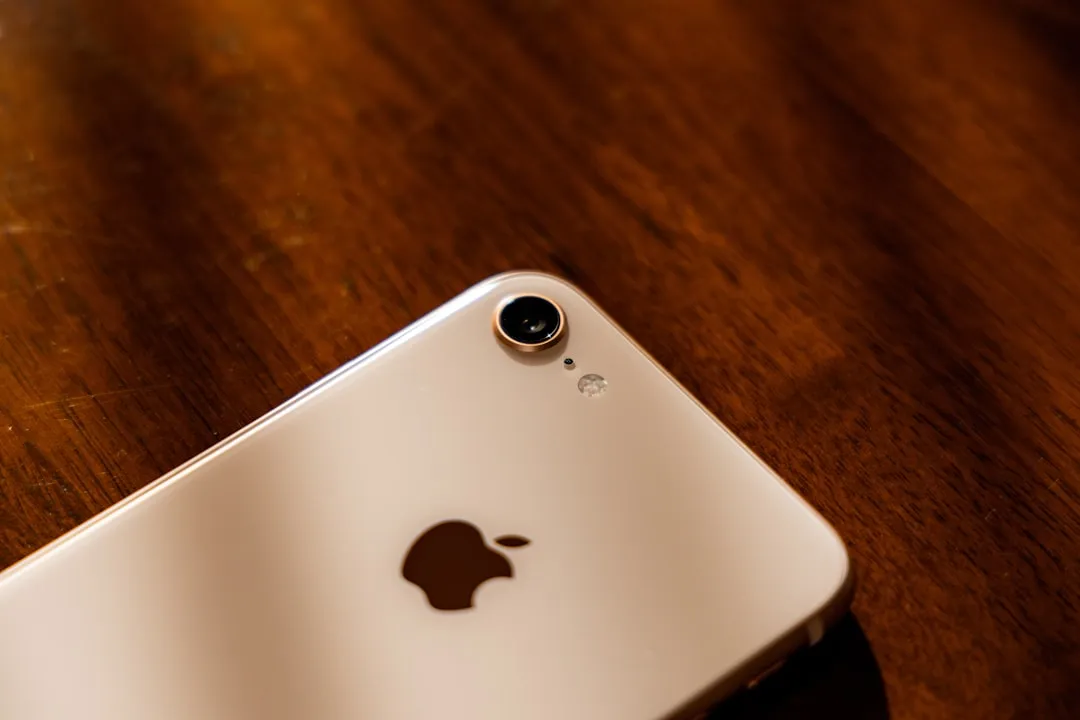
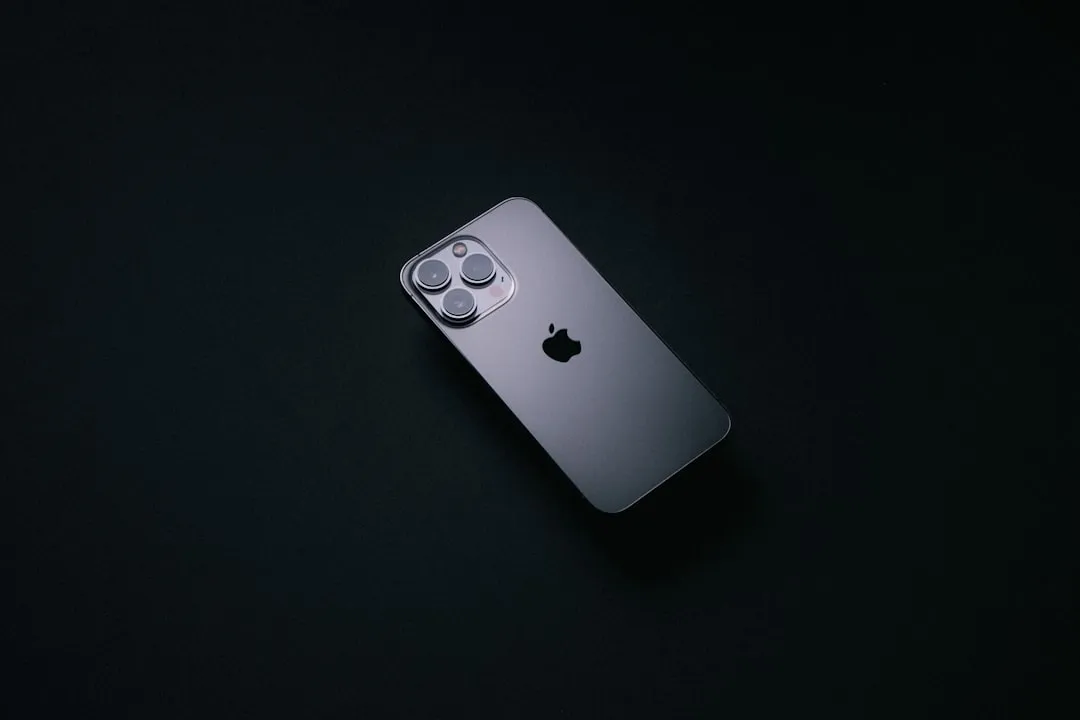
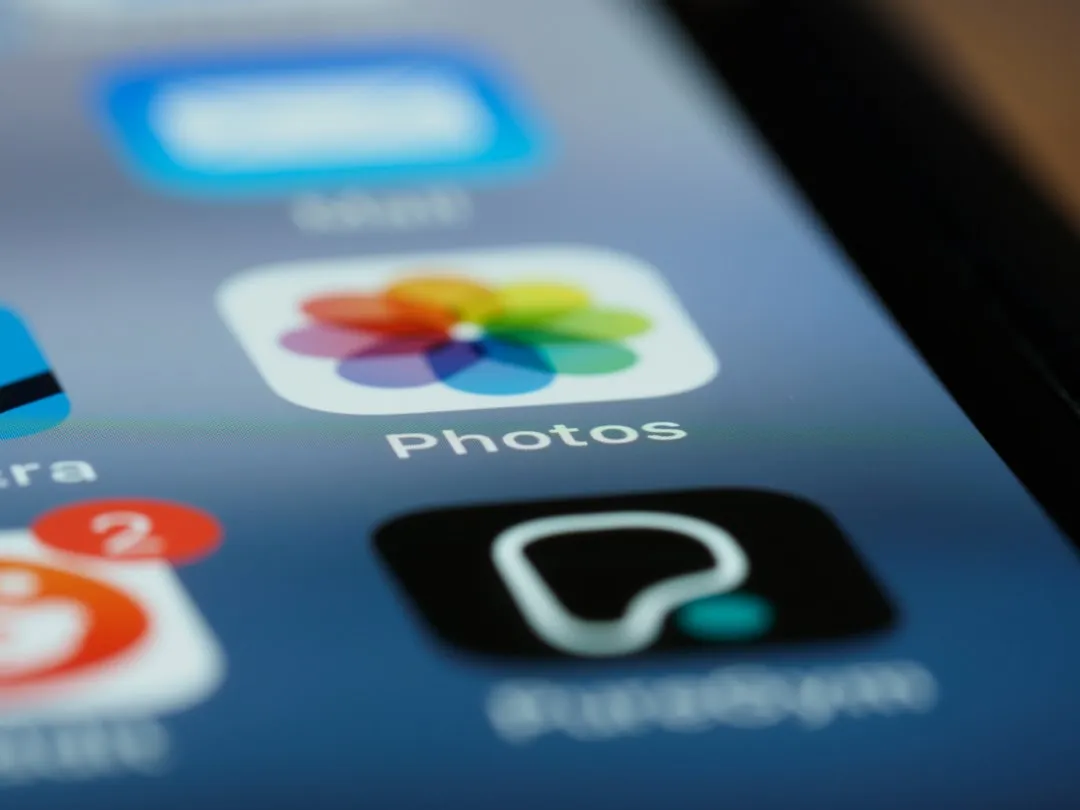
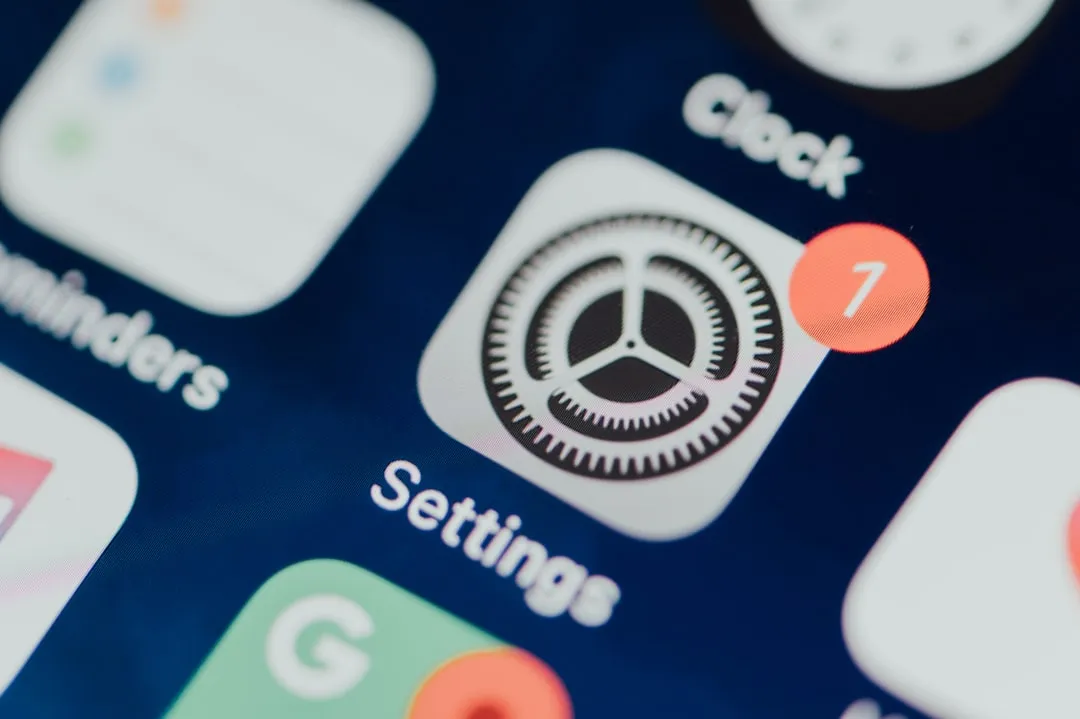
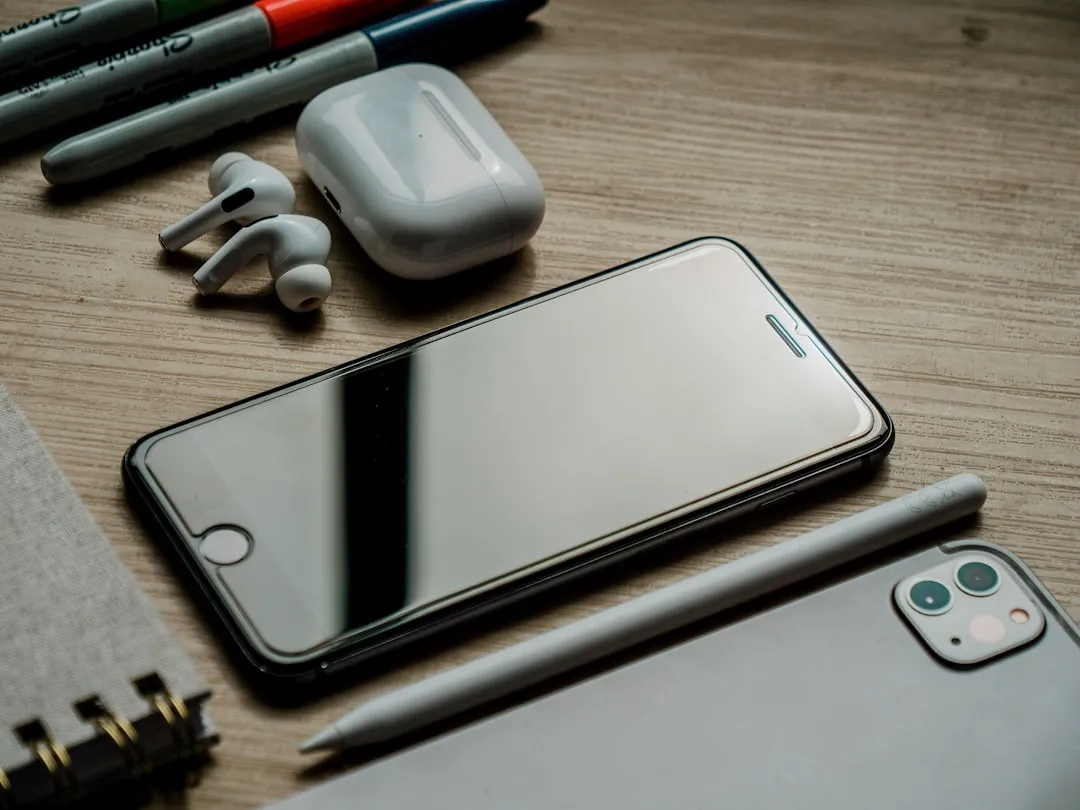
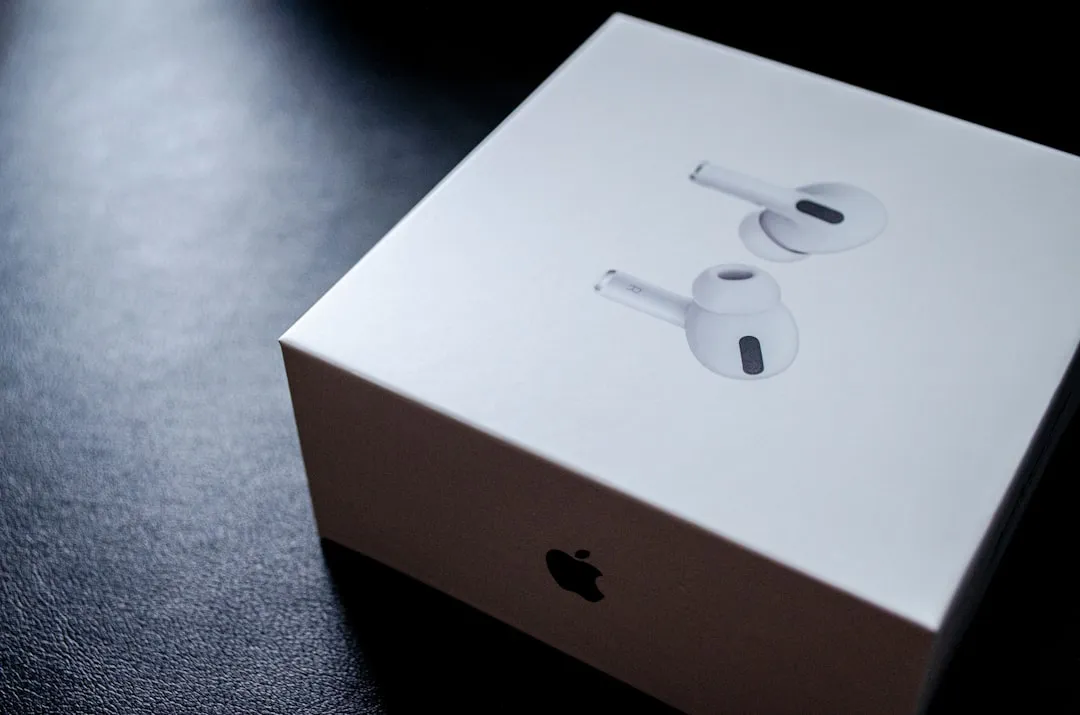
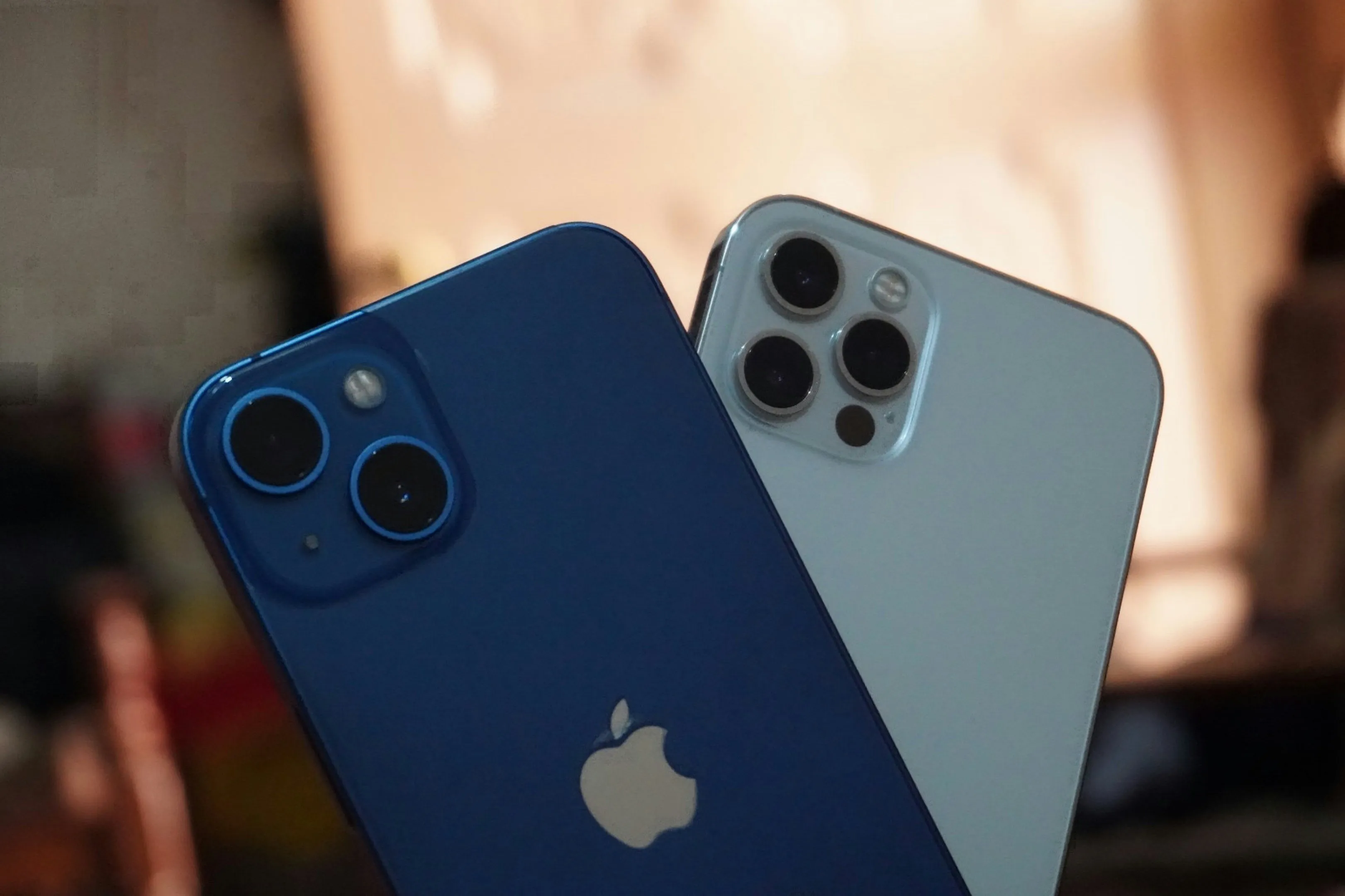
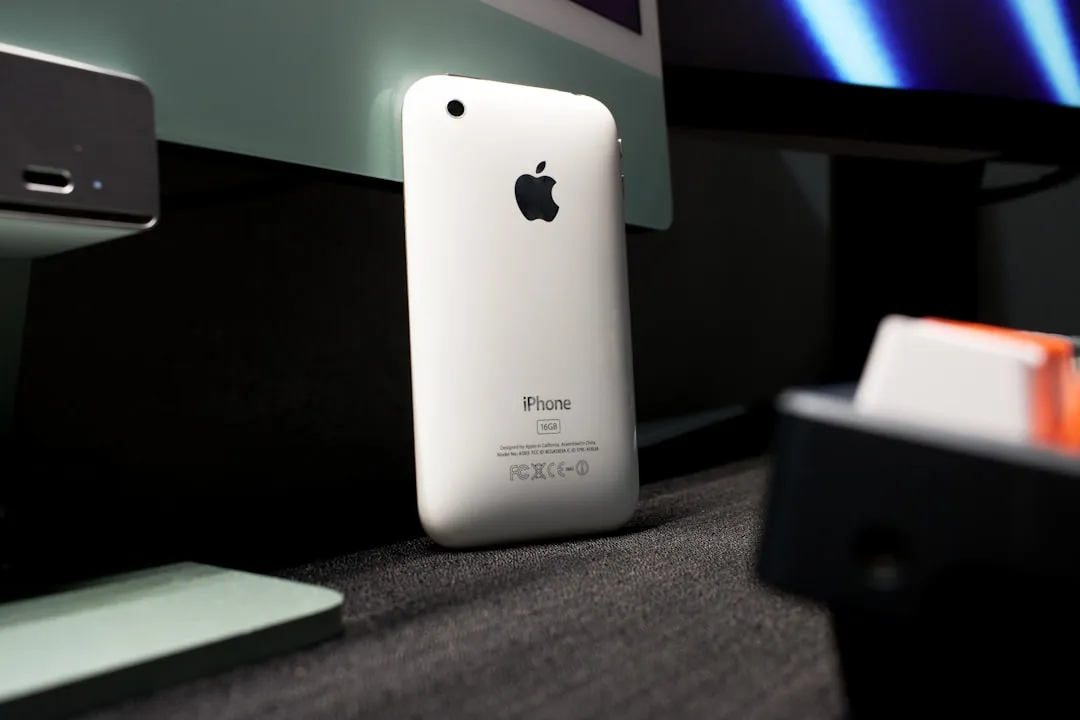
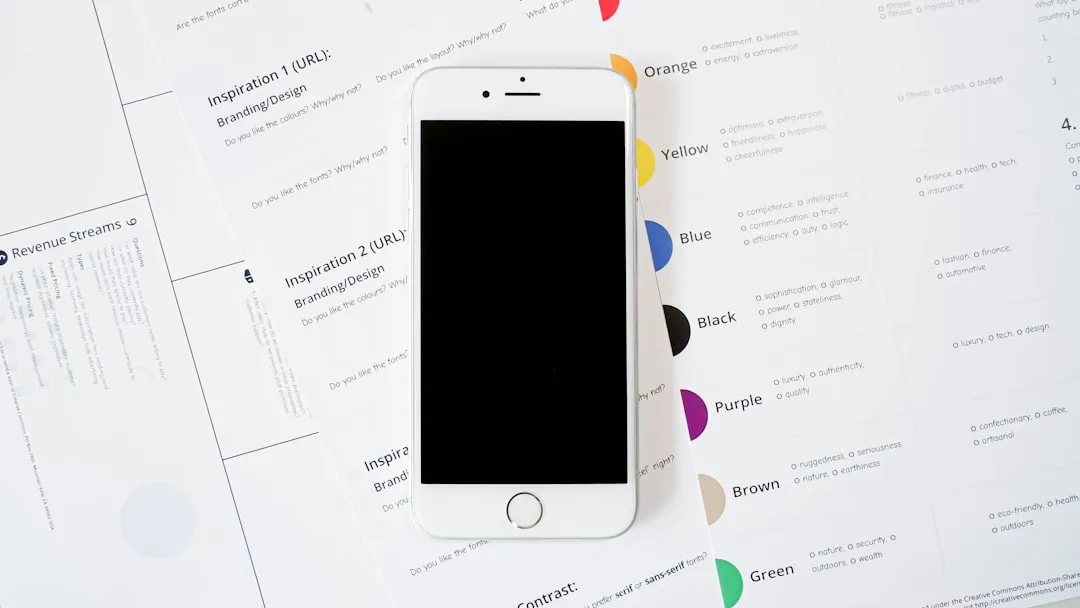
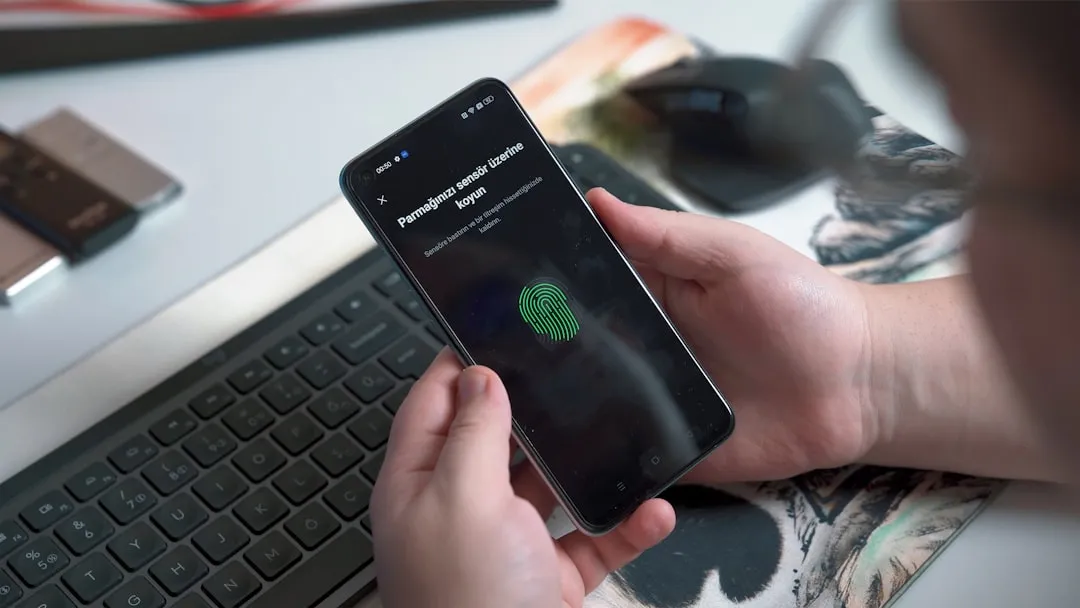
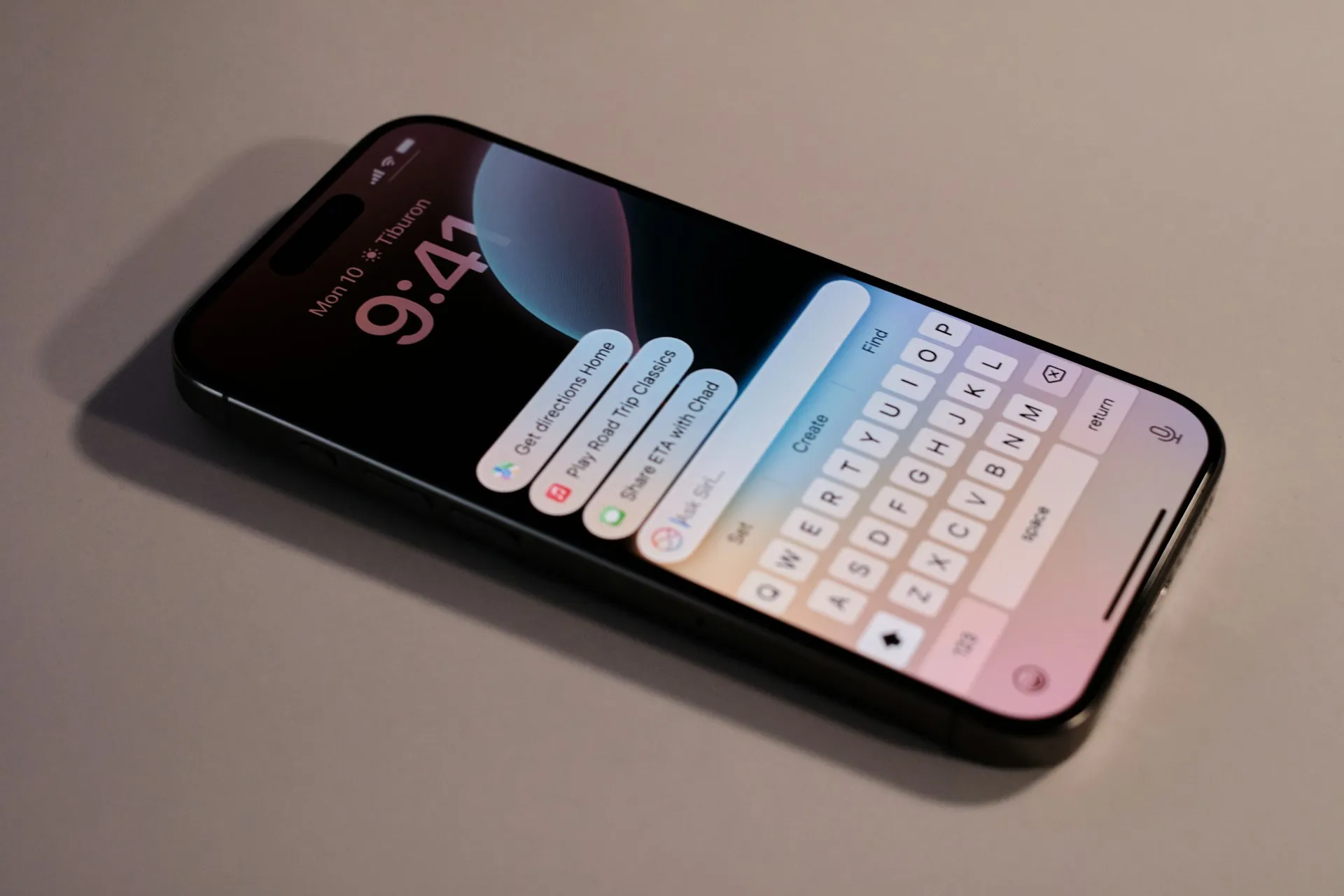

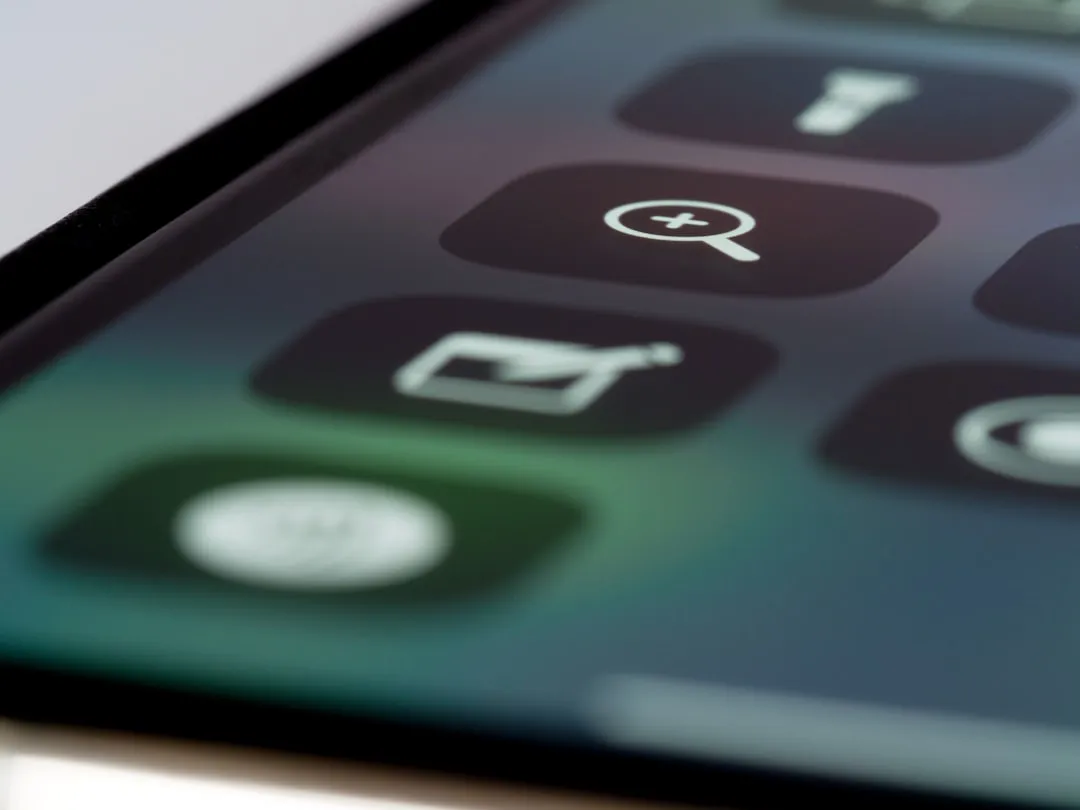
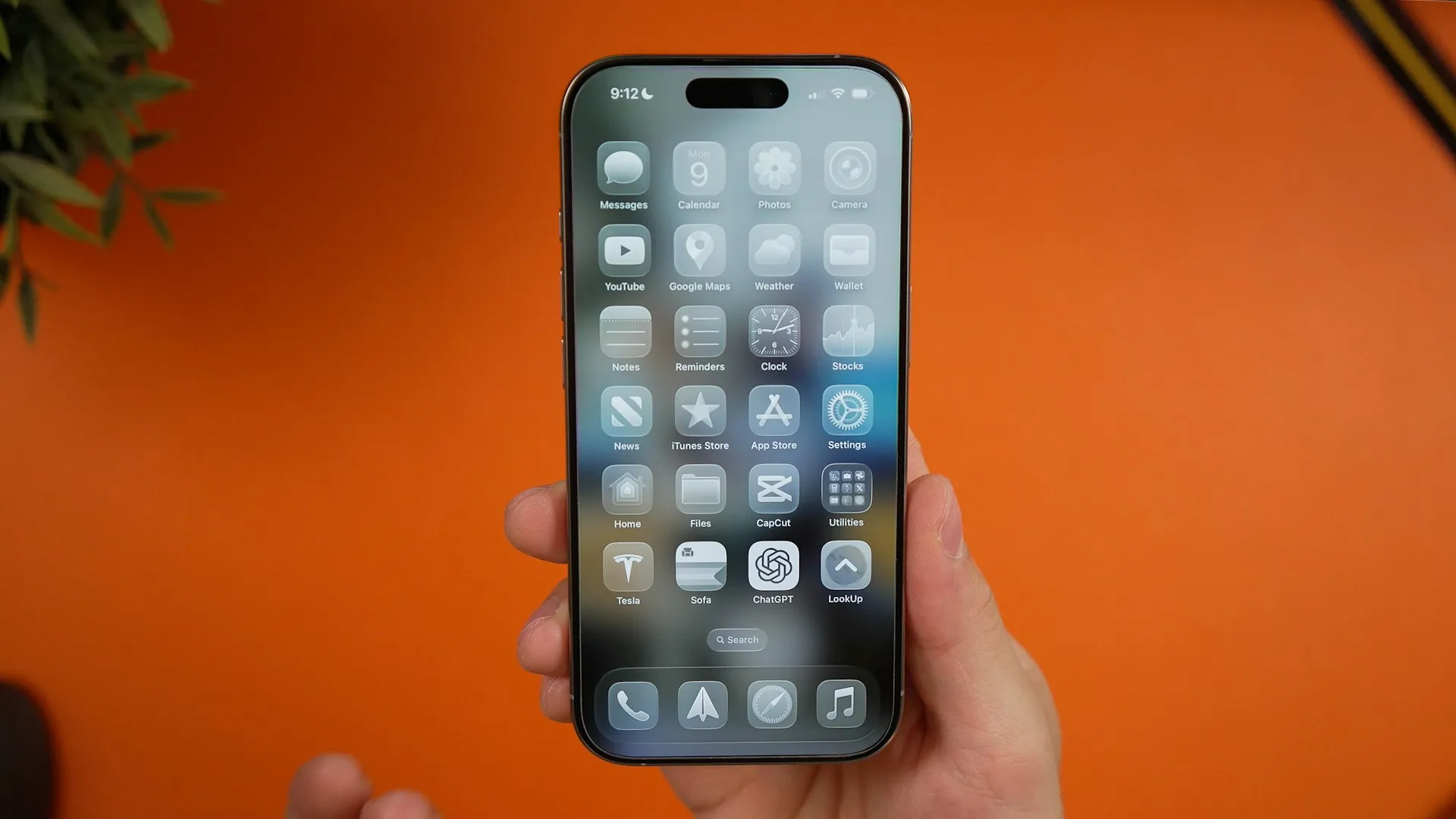
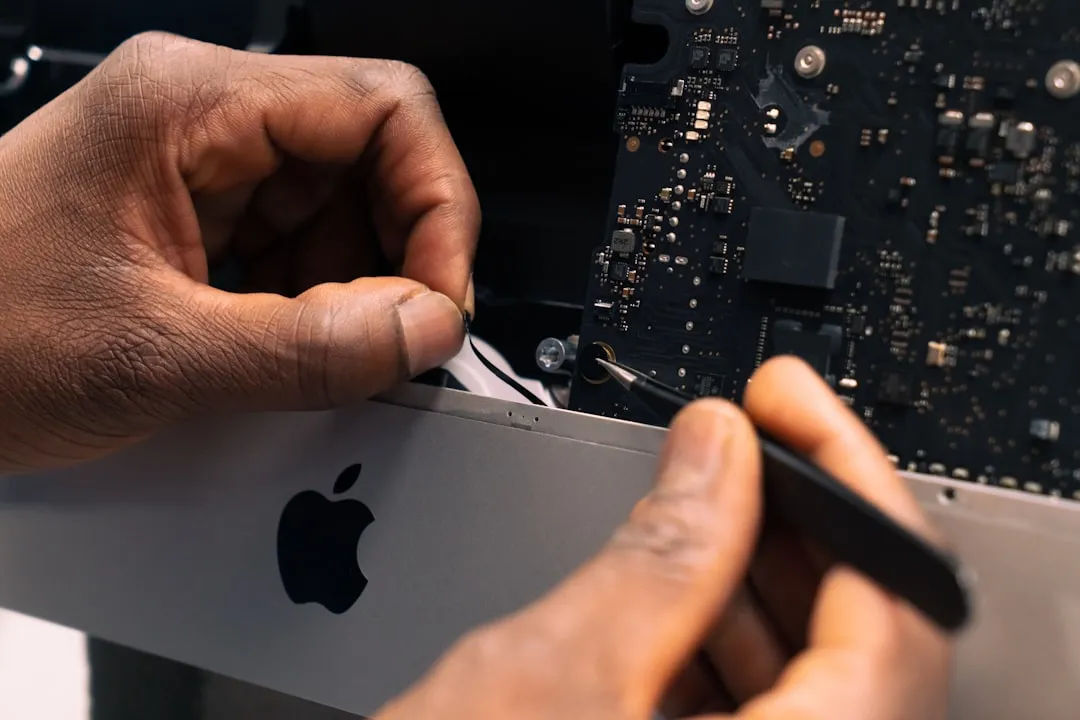
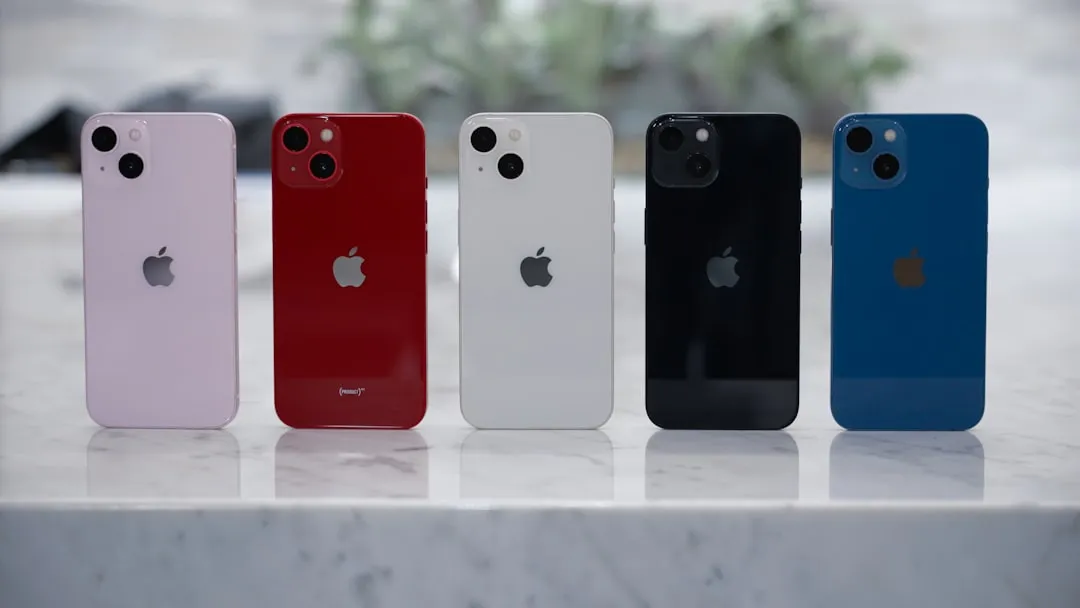
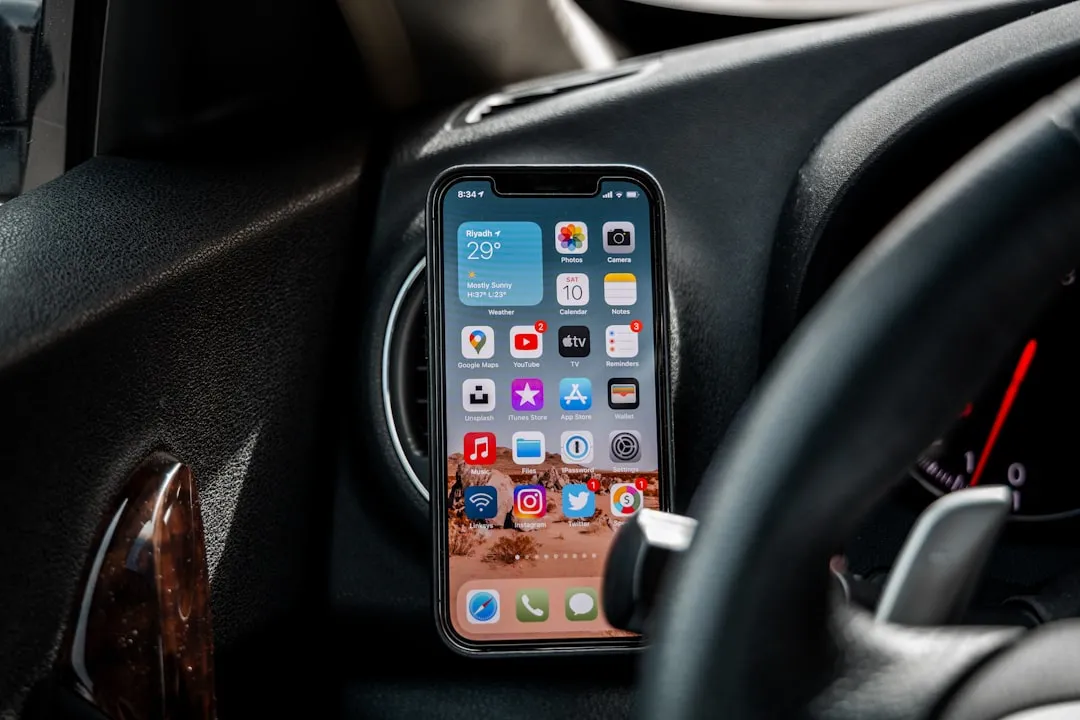

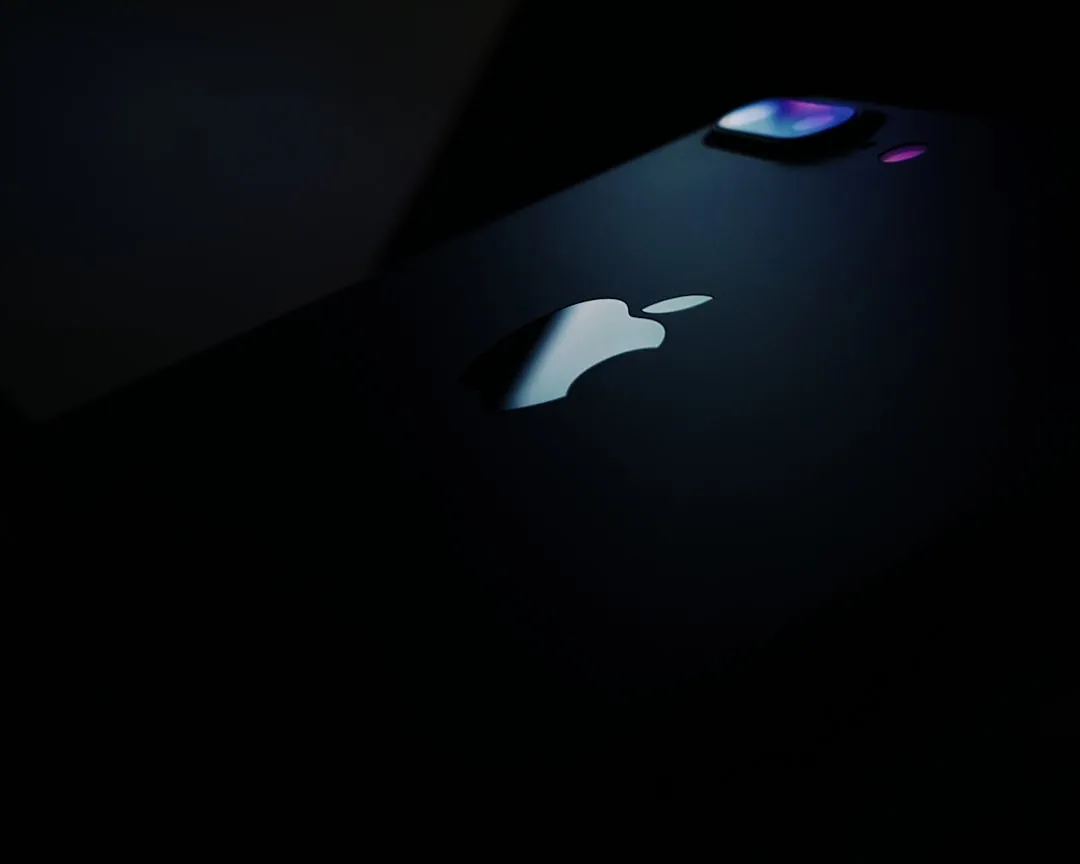
Comments
Be the first, drop a comment!